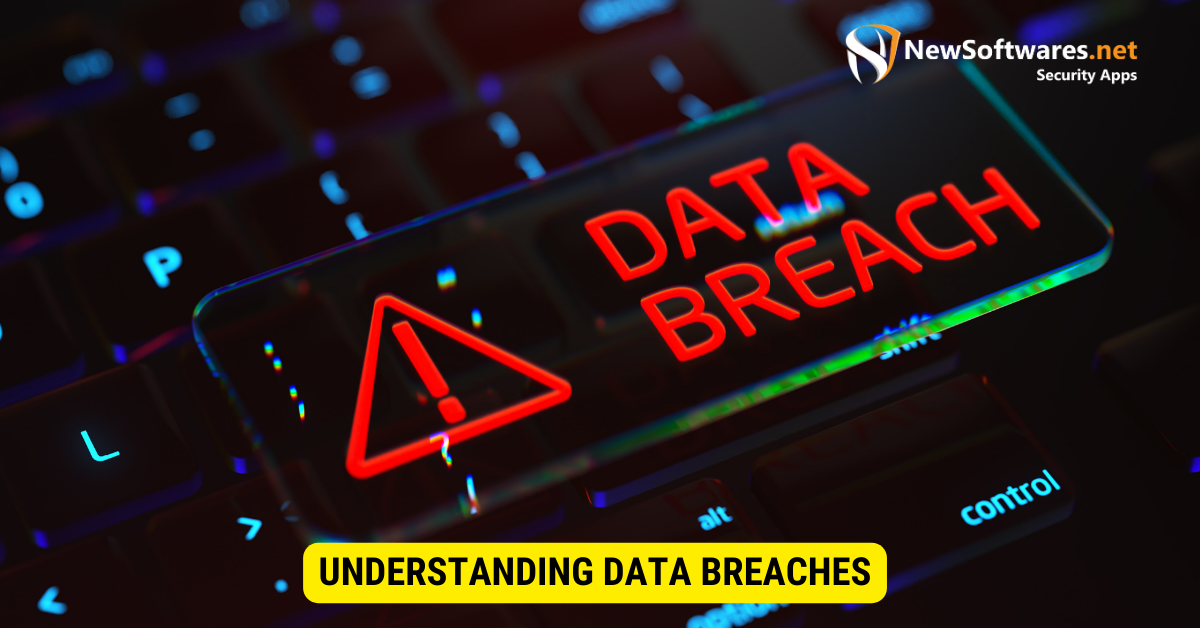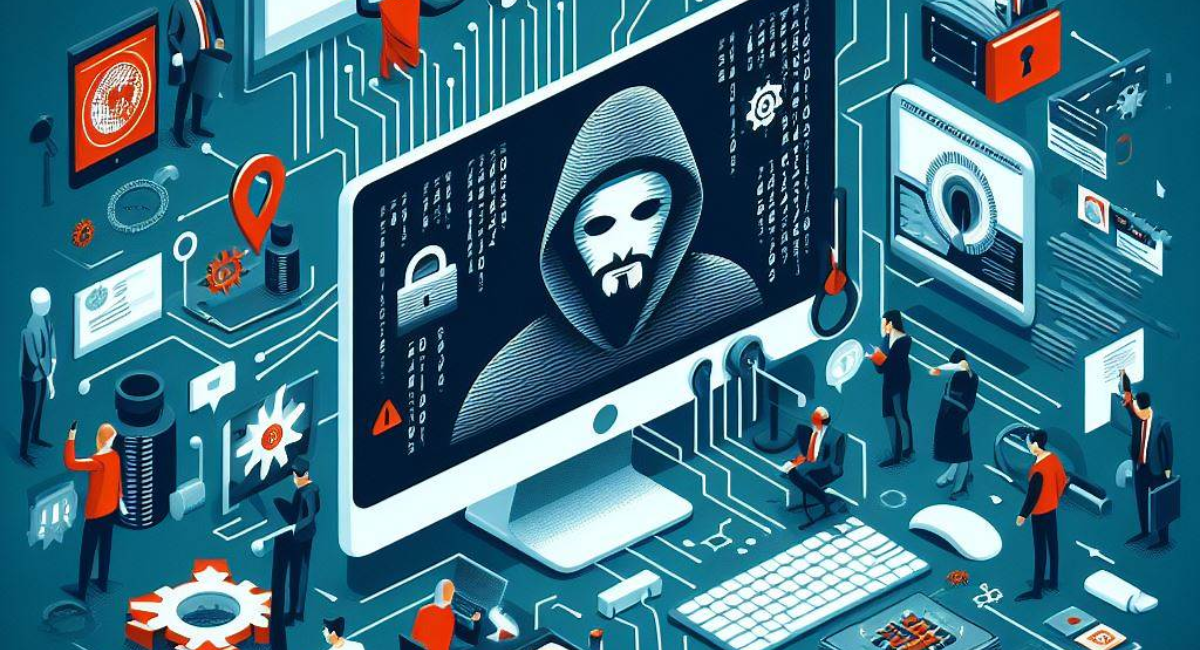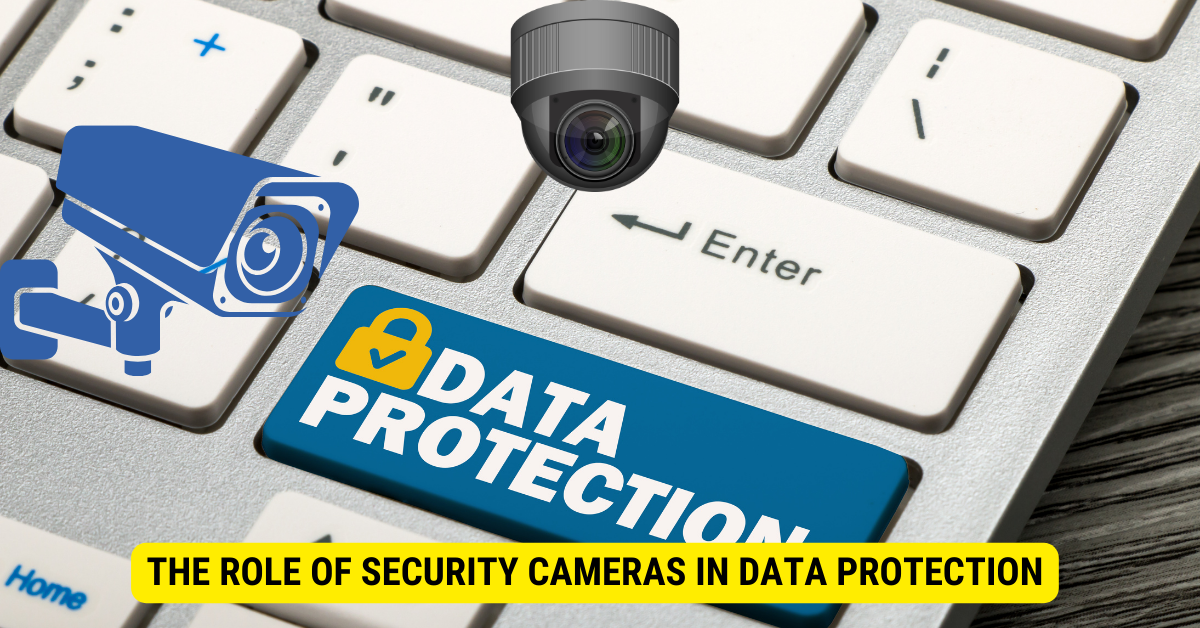Security cameras deter potential intruders, monitor access to sensitive areas, provide evidence in case of breaches, and enhance overall security measures.
In this digital era, data protection is as important as physical security. An increasing number of businesses and organizations depend on data for their operations. However, this reliance on data exposes them to data breaches, leading to serious consequences, including financial losses, reputational damage, and legal problems. From this perspective, we delve into how utilizing security cameras can significantly aid in reducing data breaches.
Understanding Data Breaches

A data breach is an incident that involves unauthorized access to data in a system or database. Breaches can occur at various levels, from individual accounts to large-scale corporate systems, and they can involve different types of data, including personal information, financial data, and business secrets.
Understanding the nature and the different types of data breaches is central for businesses looking to protect sensitive information. Let’s delve into what exactly a data breach is and the common types of data breaches.
What is a Data Breach?

As previously noted, a data breach is essentially an incident where unauthorized persons gain access to secure or private data. The breach can result from several things, from sophisticated hacking attempts to simple negligence like improperly disposing of printed materials with sensitive data.
When it comes to sophisticated hacking attempts, cybercriminals employ various techniques to breach security systems. They may use advanced malware to exploit vulnerabilities in software or network infrastructure. Additionally, hackers may employ social engineering tactics to trick employees into revealing sensitive information or granting access to secure systems.
On the other hand, data breaches can also occur due to human error or negligence. For instance, an employee may unintentionally send sensitive data to the wrong recipient via email or leave a laptop containing confidential information in public.
Common Types of Data Breaches
There are several common types of data breaches. These include malware attacks, phishing, stolen or weak passwords, insider threats, and physical thefts. Malware and phishing are the most common, often targeting unsuspecting employees through fraudulent emails or messages.
Malware attacks involve using malicious software to gain unauthorized access to systems or steal sensitive data. This can include viruses, worms, ransomware, or spyware. (Valium) Phishing, conversely, refers to tricking individuals into providing sensitive information, such as passwords or credit card details, by posing as a trustworthy entity.
Another common type of data breach is using stolen or weak passwords. Many individuals and organizations still use easily guessable passwords or reuse the same password across multiple accounts, making them vulnerable to unauthorized access.
Insider threats are also a significant concern for businesses. These breaches occur when individuals within an organization misuse their access privileges to gain unauthorized access to sensitive data. This can be intentional, such as an employee stealing customer information for personal gain, or unintentional, such as accidentally sharing confidential files with unauthorized individuals.
Lastly, physical theft can lead to data breaches, especially if the stolen devices contain sensitive data. For example, if a laptop or a smartphone containing confidential business information is stolen, the data stored on those devices can be accessed and misused.
The Impact of Data Breaches on Businesses
The impact of data breaches on businesses is enormous. A data breach can lead to loss of sensitive customer data, financial loss, lawsuits, damage to reputation, and loss of customer trust. Recovery from a data breach can take a long time and cost a business significantly, especially regarding customer trust and loyalty.
When customer data is compromised, it can result in identity theft, fraudulent activities, and financial losses for the affected individuals and the business. Moreover, businesses may face legal consequences and regulatory fines if they fail to protect customer data adequately.
The damage to reputation and loss of customer trust can have long-lasting effects on a business. Customers may hesitate to share their personal information or conduct transactions with a company that has experienced a data breach. Rebuilding trust after a breach requires transparent communication, stronger security measures, and commitment to protecting customer data.
In conclusion, data breaches pose significant risks to businesses and individuals alike. Understanding the different types of data breaches and implementing robust security measures is crucial for safeguarding sensitive information and maintaining trust in today’s digital landscape.
The Role of Security Cameras in Data Protection

As data breaches increase in scope and frequency, businesses actively seek ways to secure their data. One such method is the use of security cameras. Traditionally used for physical surveillance, security cameras can now play a crucial role in data protection.
Security cameras provide a visual record of activities within their field of view and offer additional layers of security through advanced features and technologies. These cameras have become integral to data protection strategies, helping businesses safeguard their sensitive information from unauthorized access and potential breaches.
How Security Cameras Work
Security cameras function by continuously recording activities within their field of view. They utilize high-resolution lenses and sensors to capture clear and detailed footage, ensuring that every movement is captured accurately. This footage can then be stored locally or on a secure cloud-based platform for future reference.
Advanced security cameras today can recognize unusual behaviors or activities thanks to integrating artificial intelligence and machine learning algorithms. By analyzing patterns and anomalies in the recorded footage, these cameras can identify potential threats and trigger an alert for quick response. This proactive approach helps deter potential hackers or insiders planning to perform a malicious act and allows businesses to take immediate action to prevent data breaches.
Types of Security Cameras and Their Uses
There are multiple types of security cameras, each designed for specific functions. Understanding the different types can help businesses choose the most suitable cameras for their data protection needs.
Dome Cameras: Dome cameras are typically used for indoor surveillance. Their discreet and compact design allows them to be easily installed in various locations without drawing attention. These cameras offer a wide field of view, making them ideal for monitoring large areas such as offices, lobbies, or server rooms.
Bullet Cameras: Bullet cameras, on the other hand, are designed for outdoor surveillance. They are weatherproof and can withstand harsh environmental conditions. These cameras are often used to monitor parking lots, entrances, and other outdoor areas where data centers or sensitive information may be located.
IP Cameras: IP cameras, also known as network cameras, allow businesses to monitor their premises remotely. These cameras can be accessed through an internet connection, allowing authorized personnel to view the live feed or recorded footage from anywhere in the world. This feature is particularly useful for businesses with multiple locations or those requiring real-time data center monitoring.
Thermal Cameras: Thermal cameras utilize infrared technology to detect people or objects based on their heat signatures. These cameras are often used in high-security areas where traditional cameras are insufficient. By capturing thermal images, they can identify potential intruders or detect abnormal heat patterns that may indicate unauthorized access to sensitive data.
By combining these security cameras into their data protection strategies, businesses can significantly enhance their ability to detect and prevent potential data breaches. The visual evidence provided by these cameras can serve as valuable forensic evidence in the event of an incident, aiding in investigations and ensuring accountability.
Case Studies: Security Cameras and Data Breach Prevention
To illustrate the efficiency of security cameras in reducing data breaches, there are several noteworthy examples.
Security Cameras in Retail: A Case Study
A leading retail company prevented potential data breaches by having a robust surveillance system. Their security cameras identified suspicious physical activities around its data centers and promptly triggered alerts. Following separate incidents of intrusion attempts, the surveillance videos brought the offenders to justice, thereby offering legal protection to the business.
In addition to preventing data breaches, security cameras also played a vital role in enhancing the overall security of the retail company. The camera footage helped identify and resolve other security incidents, such as theft and vandalism. This comprehensive security approach not only protected sensitive data but also ensured the safety of employees and customers.
Moreover, security cameras acted as a deterrent to potential criminals. Knowing their actions were being monitored, individuals with malicious intent were less likely to attempt illegal activities, reducing the risk of data breaches.
Security Cameras in Banking: A Case Study
Similarly, one of the largest global banks employed a network of intelligent security cameras to keep a check on its data centers. The cameras detected suspicious activities several times, allowing the bank to avert potential data breaches.
In addition to preventing data breaches, security cameras in the banking industry serve multiple purposes. The footage captured by the cameras was used for security purposes and operational analysis. By analyzing the patterns and behaviors of customers and employees, the bank was able to optimize its operations and improve customer service.
Furthermore, the security cameras provided security and peace of mind to the bank’s employees and customers. Knowing they were being monitored, individuals felt safer and more confident conducting their financial transactions. This increased trust and customer satisfaction, benefiting the bank’s reputation and business growth.
It is worth mentioning that the success of security cameras in preventing data breaches in the banking industry also relied on strong cybersecurity measures and protocols. The cameras were just one component of a comprehensive security strategy that included firewalls, encryption, and regular vulnerability assessments.
The Benefits of Using Security Cameras for Data Protection
There are numerous compelling benefits of using security cameras for data protection.
Deterrence of Potential Data Breaches
The mere presence of security cameras can be a major deterrence for criminals planning a data breach. Visual confirmation of surveillance in place can make perpetrators skeptically think twice.
Real-time Monitoring and Quick Response
With modern security cameras, businesses can monitor their premises in real-time and react to incidents more quickly. Instant alerts can be sent when suspicious activity is noted, ensuring rapid reaction.
Evidence Collection and Legal Protection
If a breach does occur, security cameras can help gather vital evidence about the incident. This capability can facilitate legal proceedings by providing irrefutable evidence.
Implementing Security Cameras for Optimal Data Protection
To reap the most benefits from security cameras for data protection, there are several points to consider when implementing them.
Choosing the Right Security Cameras
Selecting the right security cameras is crucial. Factors such as camera resolution, field of view, and specific features related to your needs should be considered.
Best Practices for Security Camera Placement
The placement of security cameras is as vital as the cameras themselves. Cameras should be placed in positions that cover all potential areas of intrusion. This includes entrance and exit points, data centers, and sensitive information storage areas.
Integrating Security Cameras with Other Security Measures
Finally, implementing security cameras should not replace other security measures. Rather, it should be a part of a multi-layered security strategy that involves firewalls, robust access controls, intrusion detection systems, and regular security audits.
With their prevention and deterrence capabilities, security cameras can play a crucial role in reducing data breaches. In this battle against data breaches, arming oneself with a comprehensive understanding and varied tools is the key to optimal data protection.
Key Takeaways
- Cameras act as a deterrent against unauthorized physical access.
- Monitoring capabilities help identify and respond to breaches swiftly.
- Footage can be used as evidence in investigations.
- Integration with other security systems provides a comprehensive protection approach.
- Cameras can help monitor and control access to sensitive data storage areas.
FAQs
Q: How do security cameras deter unauthorized access?
A: Their presence signals surveillance, discouraging potential intruders from attempting breaches.
Q: Can camera footage be used in legal proceedings?
A: Yes, it can serve as evidence if it meets the legal standards.
Q: How should I position my security cameras for optimal data protection?
A: Position them at entry and exit points and areas where sensitive data is stored or accessed.
Q: Do security cameras only protect against physical breaches?
A: Primarily, but their presence can also deter digital breaches when potential hackers recognize strong security measures in place.
Q: Is it essential to integrate cameras with other security systems?
A: Integration can offer more comprehensive and effective security coverage while not mandatory.
Conclusion
In conclusion, Security cameras play a pivotal role in data protection by deterring unauthorized access, swiftly identifying and responding to potential breaches, and providing evidence in investigations. Integrated with other security systems, they form a multi-layered defense against both physical and digital threats, safeguarding sensitive data and enhancing overall security measures.
